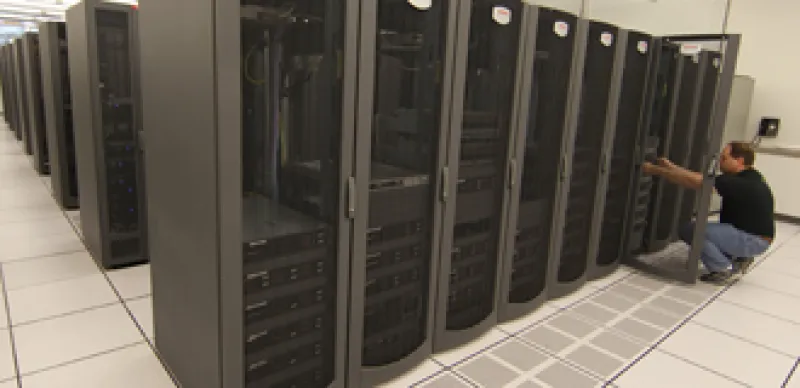
Justin De Vries, a Novell employee, works on a server at the headquarters of Novell Inc. in Provo, Utah, U.S., on Wednesday, Oct. 6, 2010. Novell is in talks with at least two buyers, including VMware Inc., to sell the software company in parts, the Wall Street Journal reported last month. Photographer: George Frey/Bloomberg ***Local Caption*** Justin De Vries
George Frey/Bloomberg

